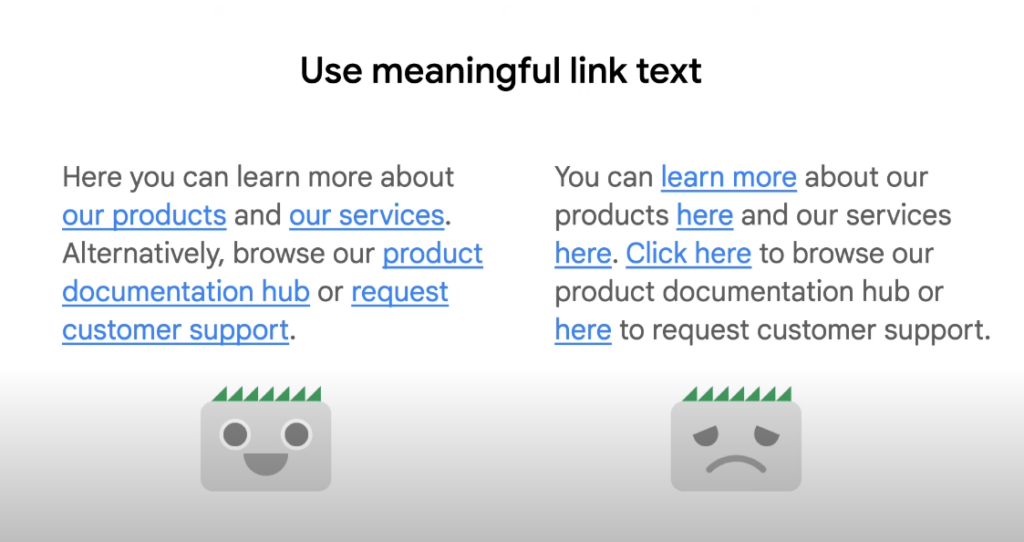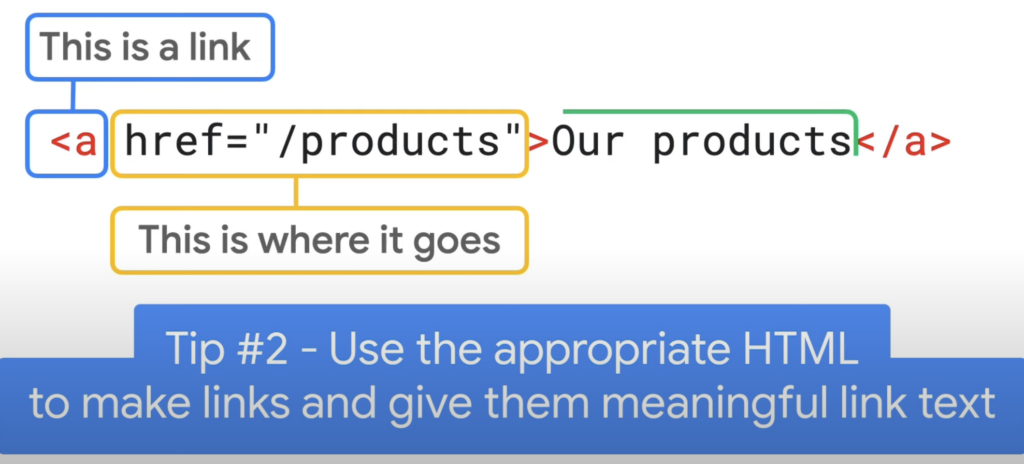

Last updated on

In the latest edition of its “SEO Made Easy” video series, Google shares three straightforward tips for using internal linking to boost your SEO.
Hosted by Google’s Martin Splitt, the video offers key strategies for enhancing site structure and user experience.
Effective internal linking not only brings attention to your most important content but also helps both users and search engines find it more easily.
Moreover, internal links can assist search engines in grasping the connections between pages, which may result in improved rankings.
Splitt highlighted three key aspects of using internal links effectively:
<a> tag with an href attribute, is crucial for creating functional links.The Importance of Meaningful Anchor Text
A significant recommendation from Google is to use descriptive and meaningful anchor text for links.
Splitt illustrated how clear anchor text enhances user experience by making it easier for visitors to scan a page and understand where each link leads.
He remarked:
“Both users and bots favor meaningful anchor text. On the left, you can see how each link with descriptive words clearly indicates its destination.”
Refer to the examples provided in the image below:

Splitt further explained:
“Conversely, the page on the right uses vague anchor text, which hampers user experience, especially when quickly scanning for the right link.”
Although internal linking is essential, Splitt warned against excessive use.
He recommends exercising careful judgment when adding links, ensuring that they create meaningful connections between related content without overwhelming the user or detracting from the page’s main focus.
The video also addressed the technical details of link implementation.
Splitt advised against using non-standard elements such as spans, divs, or buttons for links. He emphasized that if an element functions as a link, it should be properly coded with the correct HTML structure.

Here are the main takeaways from Google’s video on internal linking:
Original news from SearchEngineJournal